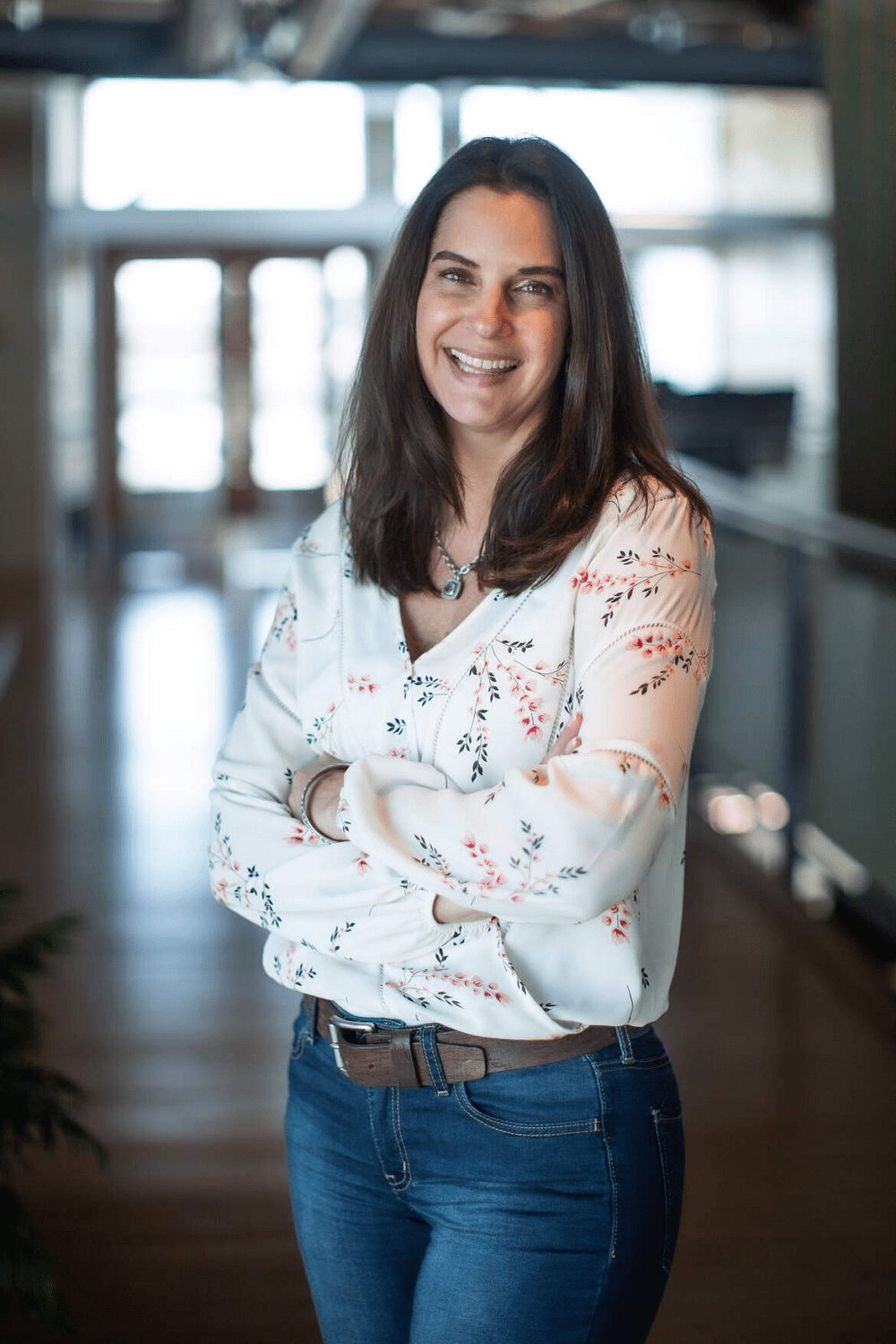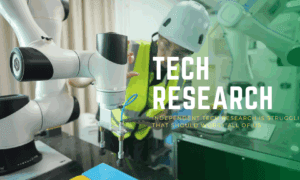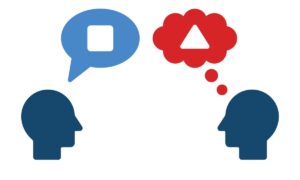When you hear the term philanthropy, what springs to mind? Many people think the term refers to large-scale charitable giving; they are not wrong, but it is much more than making a significant financial donation. Michelle Cangelosi, a leader in philanthropic strategy, believes philanthropy is keenly connected to an individual or organizational effort to improve human welfare from an altruistic desire.

Michelle Cangelosi Addresses Evolutions in Philanthropic Giving
It is essential to acknowledge the shifting landscape of philanthropy. There was a time when philanthropic efforts focused on quick and often temporary fixes rather than creating real societal and infrastructural changes. While providing immediate solutions and aid is helpful in specific contexts, nonprofits and philanthropic institutions must consider the consequences of rapid responses.
For example, organizations should consider how an influx of products or materials will affect local businesses and trade relationships. Sometimes, giving a developing nation immediate access to products hurts the existing infrastructure and market systems of communities. It is important for philanthropic groups to consider a long-term approach, investing in local infrastructure, ensuring access to markets, and systemic changes that may be needed to promote equitable social reform. According to Michelle Cangelosi, patience and transparency are often needed across value chains, while quick fixes may thwart good intentions.
Shifts in the Charitable Donor Pie
In the United States, total charitable giving from individuals to foundations and corporations nearly tripled from 2010-2020, correlating closely to the stock market. However, as inflation is on the rise and the market becomes more volatile, many nonprofit organizations are doubling down on philanthropic strategies to retain donors and to attract new donors.
Additionally, trends show that the individual charitable giving percentage, as part of that total giving, has been declining for the past three decades, but they still make up 67%! As middle income Americans wallets are stretched, it is likely this trend downward continues. Therefore, nonprofits are relying more on high-net-worth donors, corporations, and foundations to ensure programs continue. Cangelosi also acknowledges the importance of understanding giving vehicles, including donor-advised funds (DAFs), as donors become more sophisticated and strategic in their giving.
What About the Next Generation of Donors
Cangelosi explains that over the last couple of decades, a shift in the philanthropic mindset occurred as Millennials and Gen Zs matured and began giving back. Different generational groups have distinct thoughts and values around philanthropic giving. Understanding these generational trends in giving to address philanthropic strategies is imperative as the inheritance of nearly $70 trillion in wealth begins to occur over the next several decades.
Typically more mature donors are influenced by causes they have seen in action and choose well-known charities after understanding their mission and given proof points regarding their ability to produce concrete results. Younger generations take a more inclusive approach to selecting organizations for which to donate and will consider gifts through less historical giving vehicles – like online campaigns and crowdfunding. They often want hands-on experiences and more full engagement with organizations they support.
Philanthropy and the Way Forward
When engaging in philanthropy, offering time, talent, and treasure has been seen as a way for people to participate in changing the well-being of others and contribute to societal improvements. The next generation also sees philanthropy through enlisting their friends (ties) and influence (testimony). Their networks can become a force for good and add support to your organization.
As the world of charitable giving evolves, generational shifts create new perspectives and opportunities for how giving occurs as well as the expectations that nonprofits need to involve new donors. Michelle Cangelosi finds transparency and communication to donor groups key to fostering inclusion. She and other industry leaders hope to attract and retain new supporters that can help shape philanthropy for the better.


































